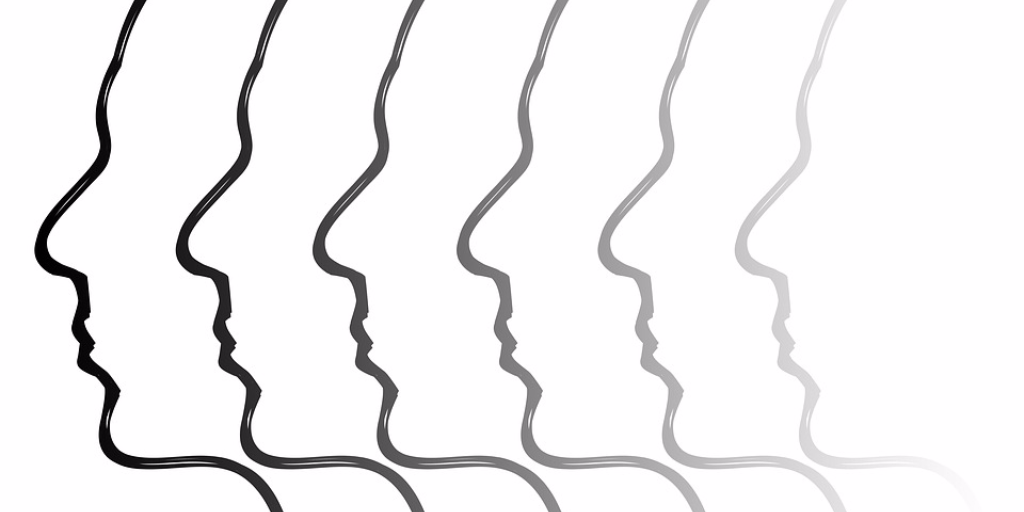
A Paper Sensor That Can Detect Freshness of Milk
- News
- 3.6K
Scientists at the Indian Institute of Technology, Guwahati, have developed a simple paper kit that can test the freshness of milk and tell how well it has been pasteurized. Aided with a smartphone app, the kit can help ensure that milk is consumed before it turns too sour.

Milk being widely consumed food, its safety is of prime concern to consumers. More so because it is highly perishable and prone to the action of enzymes and microorganisms inherently present in it. Although pasteurization, freezing, and preservation using additives are widely used to prevent spoilage, perishability of milk is still a concern.
There is no easy way to know if milk is fresh or stale or how effective is pasteurization. Tests used in dairies and dairy industries are time-consuming and need sophisticated equipment like spectrophotometers. The new detection kit developed at IIT could make testing easy and fast.
A milk enzyme, Alkaline Phosphatase or ALP, is considered an indicator of milk quality because its presence even after pasteurization indicates the presence of microbes that may not have been rendered inactive with pasteurization.
Researchers used ordinary filter paper to prepare the detector. The filter paper was cut into small discs using office punch and impregnated with chemical probes that preferentially react with ALP. The ‘probes’ used are antibodies that specifically bind to ALP. When ALP comes into contact with the probe, it turns white paper disc into a colored one.
“We soaked paper discs in 4-carboxybenzene diazonium solution and then chemically treated to expose-COOH groups on the diazonium,” explained says Dr. Pranjal Chandra, who led the research effort. “The -COOH groups then attach to NH2 groups on anti-ALP probe molecules. Thus the anti-ALP probes are fixed on paper. When a drop of milk is poured on the tiny paper disc, the ALP in milk reacts with probes, resulting in a change of color.
The color change on paper discs is then photographed by a smartphone camera and images processed to obtain corresponding color values. These values are then compared with standard data stored in the phone. Thus not only the presence of ALP could be detected but the amount of it in milk could also be measured.
“We have used samples collected from villages and also milk spiked with a specific amount of ALP to test the kit,” said Dr. Chandra. In most cases, almost 94% of the ALP could be detected. The team also confirmed that color is due only to ALP and not due to an interference of vitamins, other proteins, and minerals in the milk.
The sensor works in both qualitative and quantitative modes. “No separate reader is required for qualitative analysis as it works like just like pregnancy test strips. While color change shows ALP’s presence, the exact amount of ALP is determined using a smartphone,” said Dr. Chandra.
The team has prepared a kit by attaching probe discs onto a 2 cm square transparent cellulose acetate film. The probe is then covered with another cellulose acetate film. Colour reaction takes place when milk is injected through a tiny hole in the cover and a smartphone can be used to get the results. It takes just about 15 minutes to detect raw milk from pasteurized one.
The kit could come in handy in milk bars, large kitchens and at milk collection centers where the freshness of milk is a concern. It can find other applications too. Since ALP is also tested in various body fluids, the kit can also be utilized in clinics. Fabrication in the laboratory at present costs around Rs. 80 to Rs 125 per kit and could come down when mass manufactured, researchers said.
Kuldeep Mahato, a research fellow, worked with Dr. Chandra in the development work. The research results will soon to be published in journal Biosensors and Bioelectronics. (India Science Wire)
By Kollegala Sharma
Journal Article
If you liked this article, then please subscribe to our YouTube Channel for the latest Science & Tech news. You can also find us on Twitter & Facebook.


